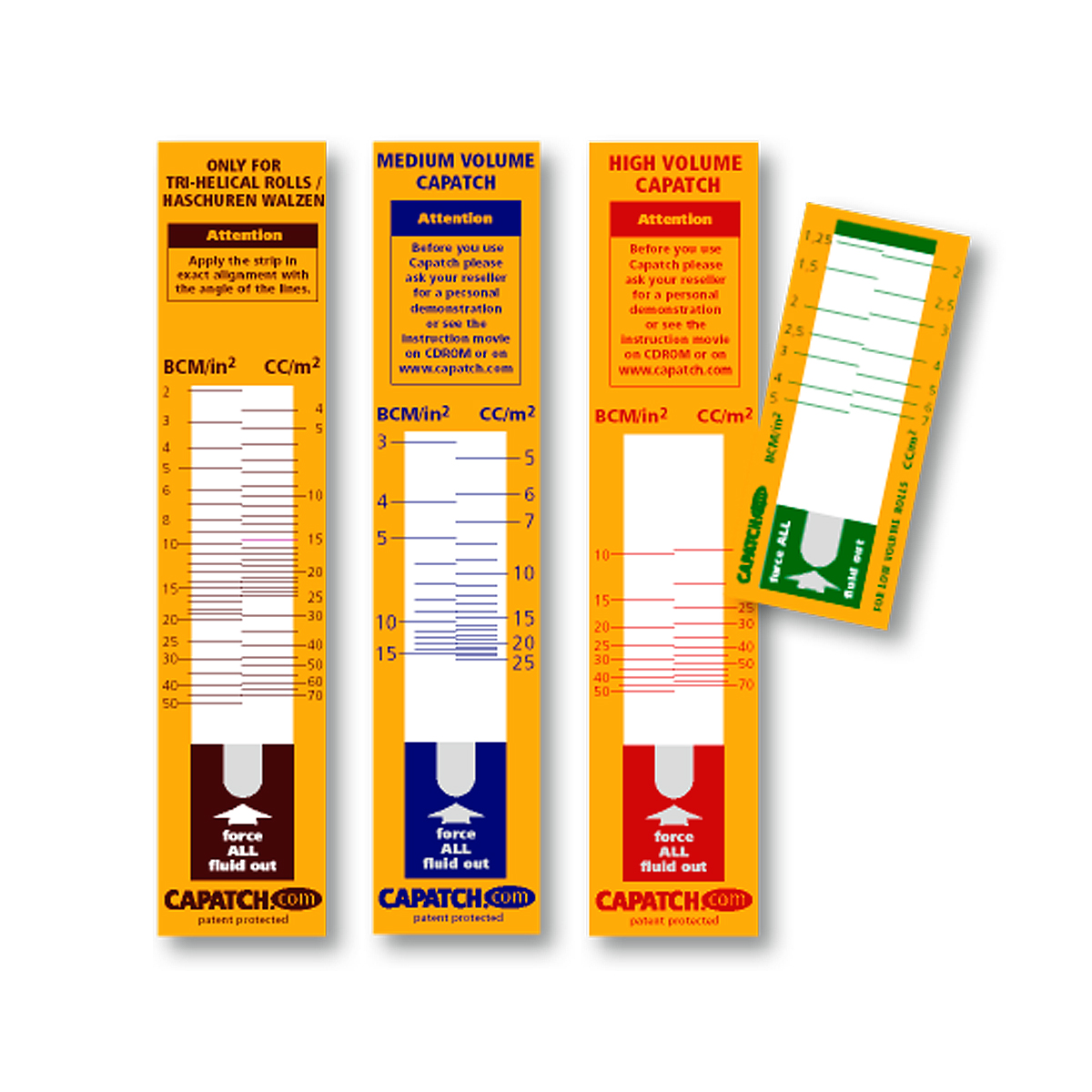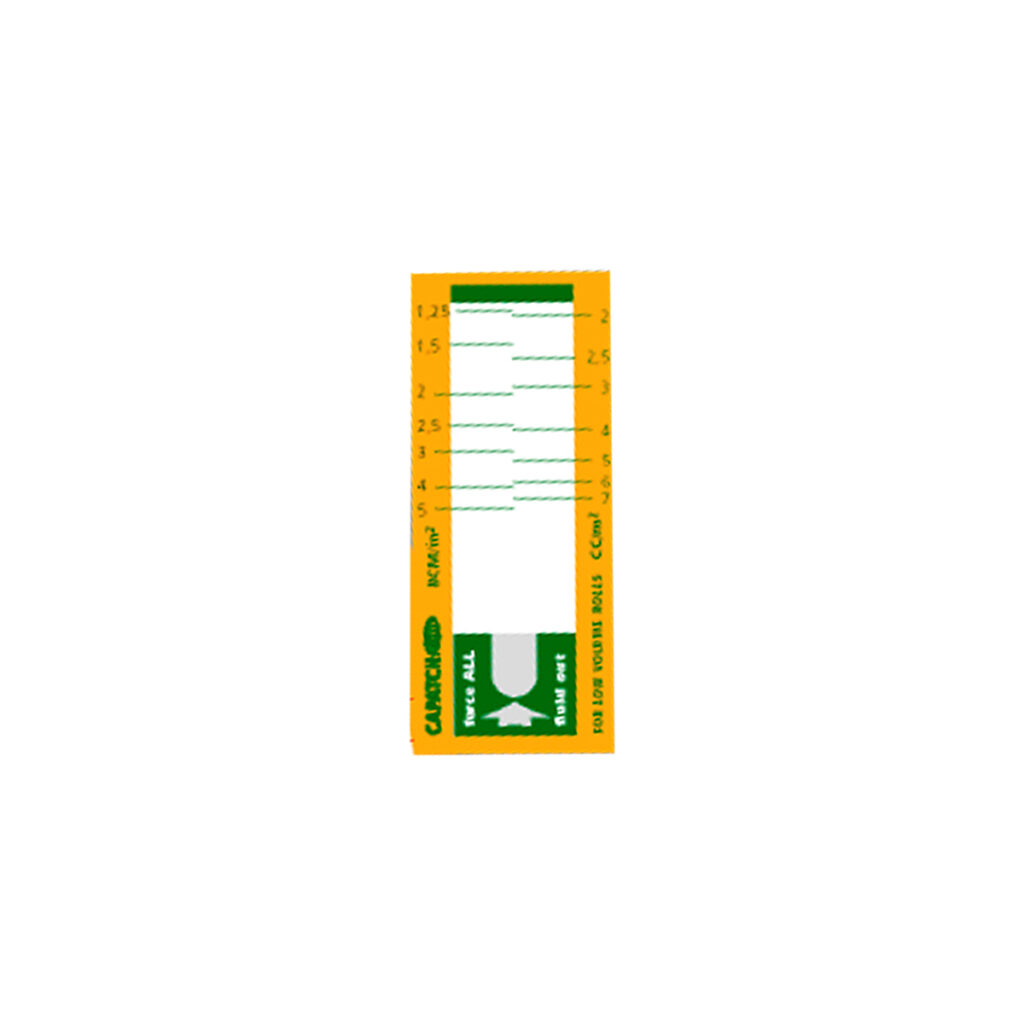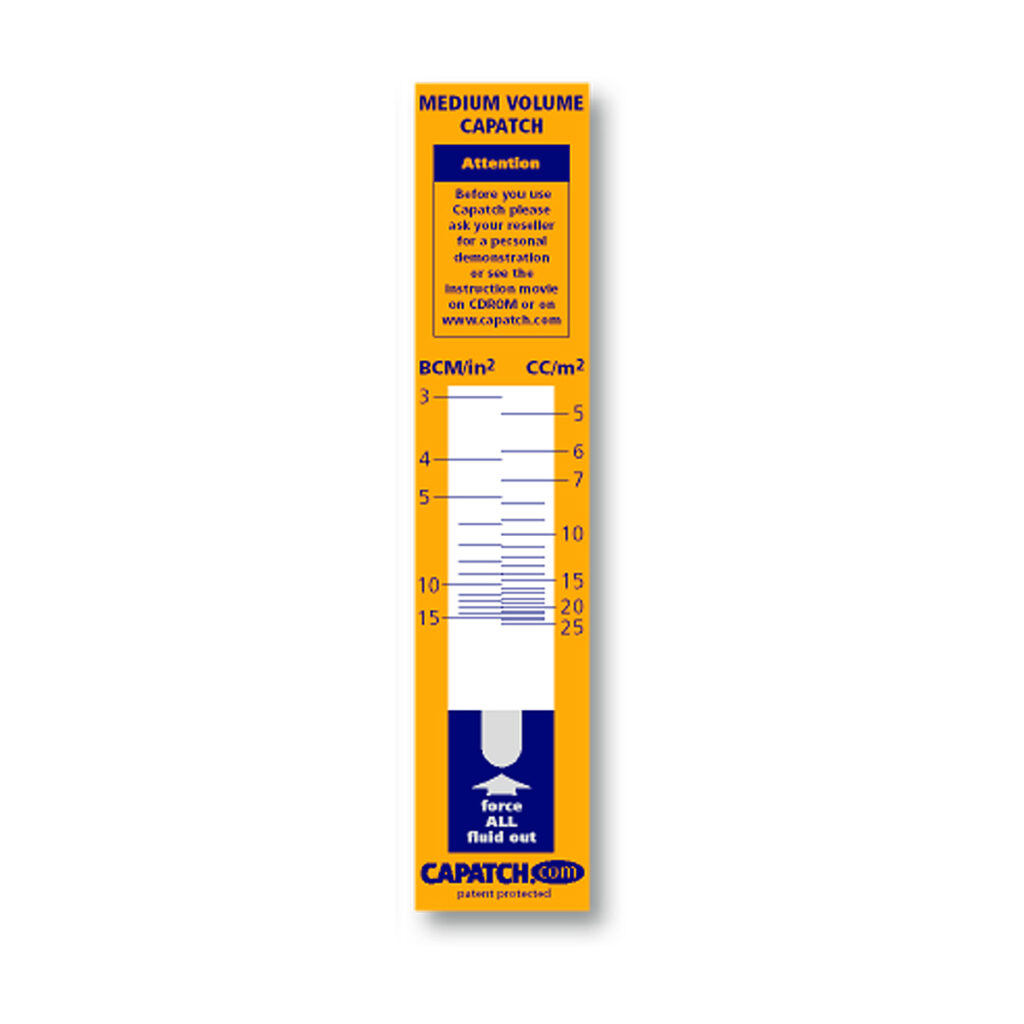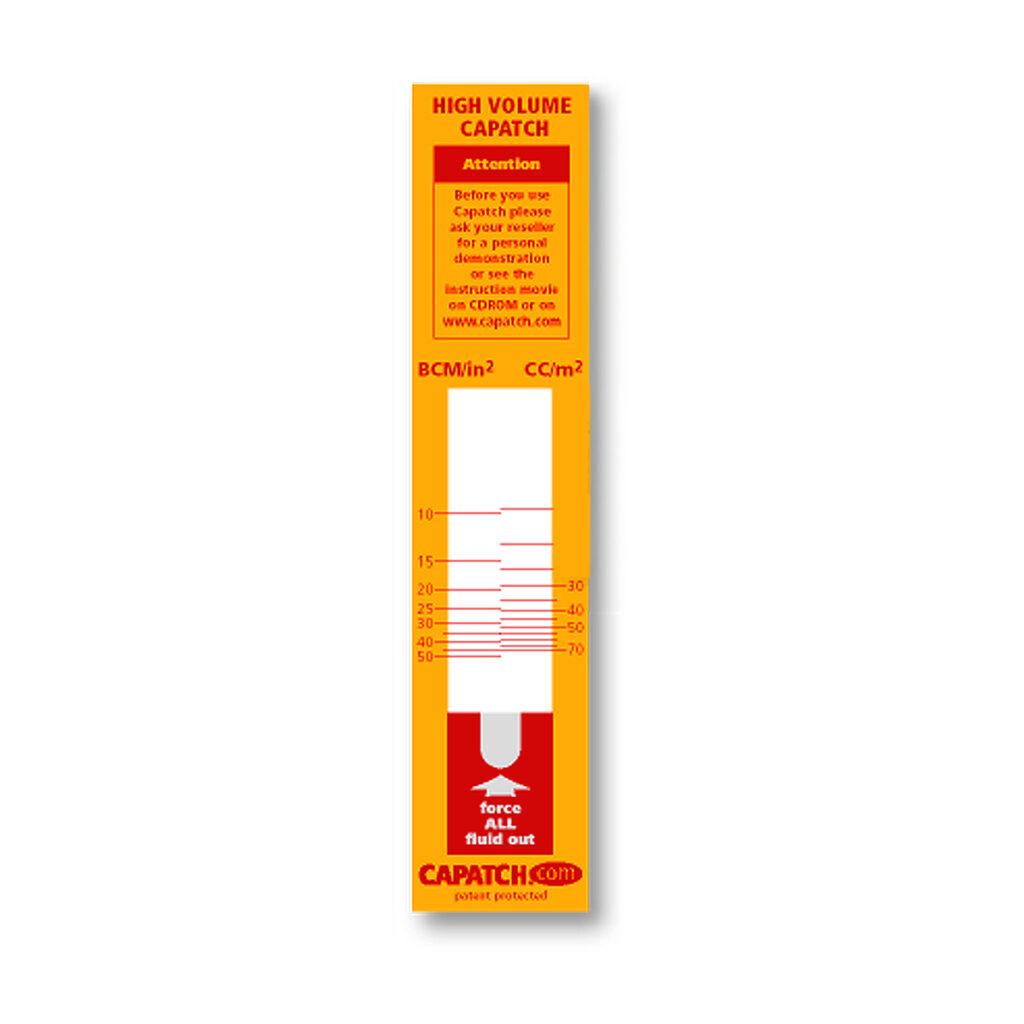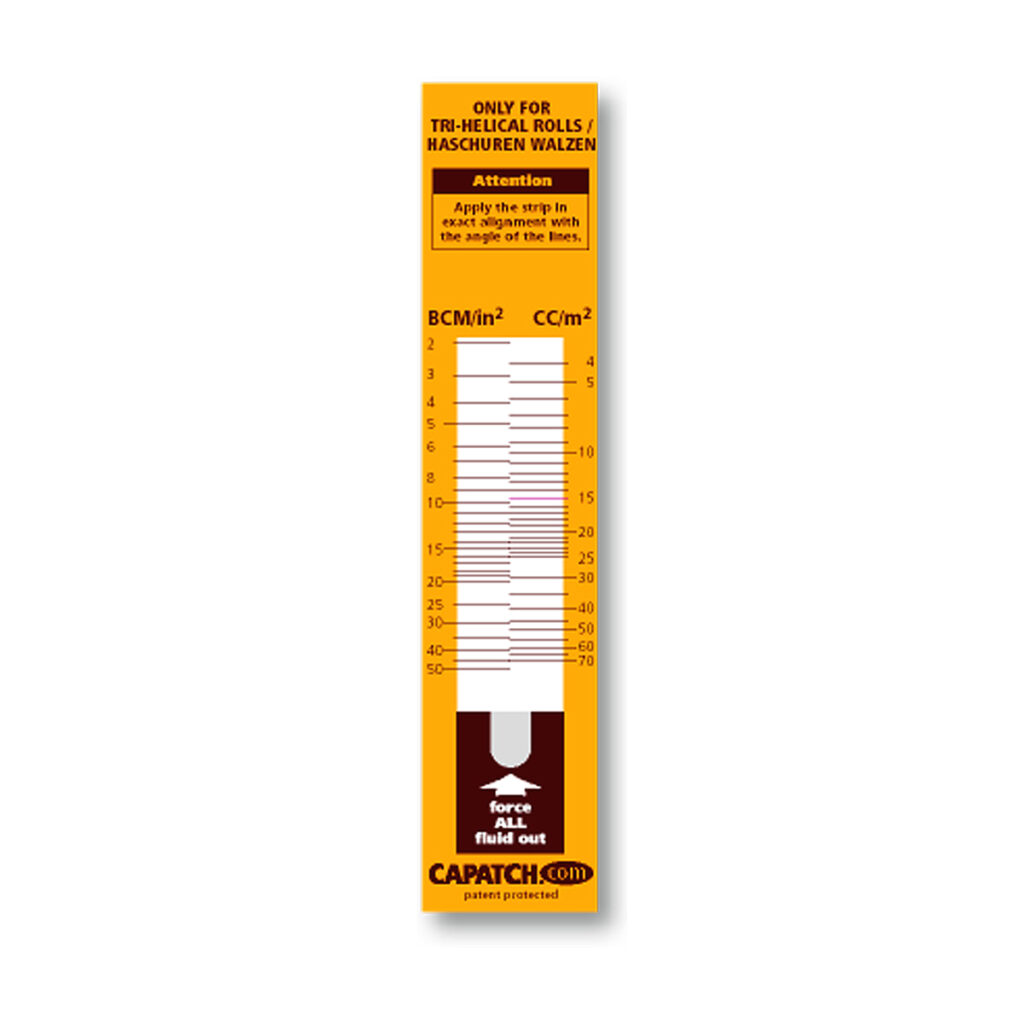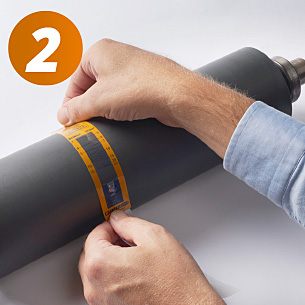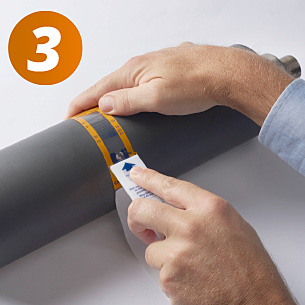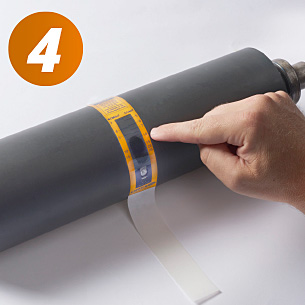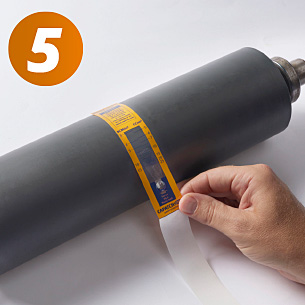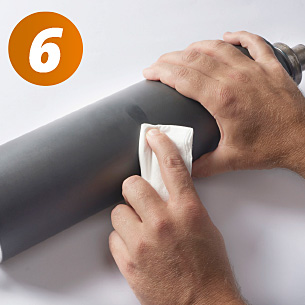ARCS is an authorized distributor of Capatch volume test strips.
Capatch is a single-use tool designed to measure ink, adhesive, or coating volume on rolls. It features a capsule filled with indicator fluid, which is dispensed onto the roll’s surface when the doctor blade is passed over the Capatch sticker. The indicator fluid travels across the roll and fills its open cells, creating a track whose length corresponds to the volume of the cells. By measuring this length, users can determine the volume of the roll’s contents accurately.
Depending on how often a company’s production and colors change will determine how frequent printers will want to check their roll BCM.
We proudly supply Capatch test strips to converters, printers, ink reps and other printing industry professionals all over the world.

